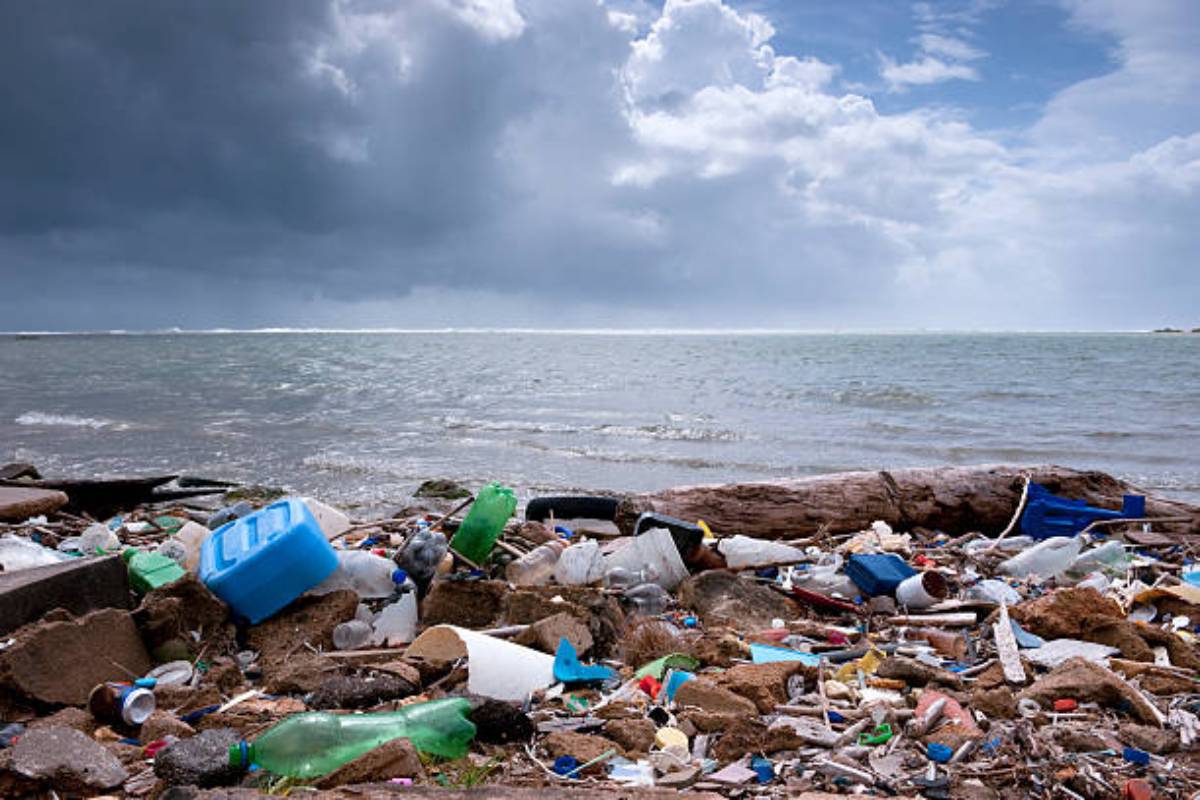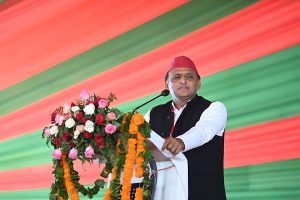In a disturbing revelation, the Kangsabati river, a lifeline for many communities in West Midnapore district, is facing a severe crisis due to a series of detrimental human activities. Excessive water hyacinth growth, uncontrolled sand mining, forced farming and pollution have disrupted the river’s natural flow and ecology, posing a grave threat to the local environment and communities depending on it.
A comprehensive investigation conducted by the department of geography at Raja Narendralal Khan Women’s College (autonomous), Midnapore, has shed light on the alarming changes in the river’s morphology and ecology. The study, led by professor Bela Das, head of the geography department, revealed that upstream sand mining, particularly in Kankabati, Monidaha, and Dherua Bridge areas, has caused irregular fluctuations in the riverbed downstream of the Anicut Dam.
This unnatural alteration in the river’s character has significantly impacted the surrounding landscape, disrupting the river’s natural flow and continuity. Farmers have encroached into floodplains and riverine areas, leading to forced farming practices. Thousands of farmers in these regions are using excessive chemical fertilizers and pesticides, contributing to rising pollution levels.
Moreover, the construction of the Anicut Dam has disrupted the balance between sand and water supply in the lower basin, further altering the river’s natural characteristics and ecological environment. A field survey conducted by the department of geography, with the participation of 32 postgraduate students, highlighted the adverse effects of sand mining, pollution, floodplain farming, and fragmentation of the river landscape.
The morphological character of the river has changed due to excessive sand mining in the upper part of the Anicut Dam, causing irregular fluctuations in the riverbed downstream. Consequently, the river’s dependence on local residents has increased, exacerbating the challenges faced by the Kangsabati river.
The surveyors categorized the health status of different river regions, with the Kankabati and Harishpur areas experiencing very poor river health, Monidaha and Dherua Bridge areas facing poor river health, and Hatihalka and Pathra regions exhibiting a medium health condition.
Adding to the concern, a recent study conducted by Vidyasagar University has further emphasized the deteriorating health of the Kangsabati river.
Urgent attention and appropriate measures are needed to restore the river’s natural flow and preserve its ecological balance. Local authorities, environmental organizations, and communities are urged to collaborate and take immediate action to address this pressing issue before irreversible damage occurs.
The Kangsabati river, once a symbol of life and vitality, is now at a critical state, calling for collective efforts to protect and restore its health for future generations











